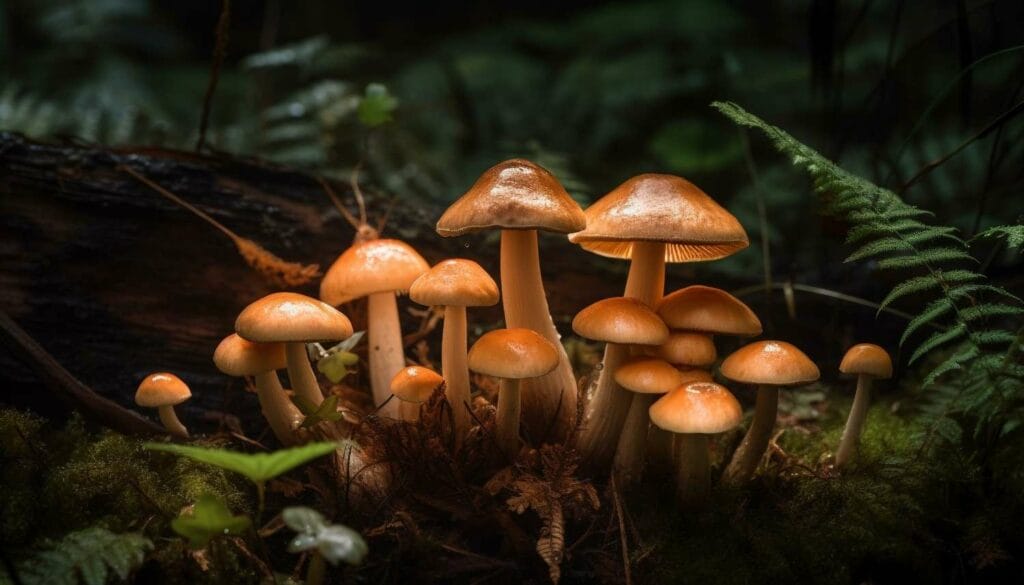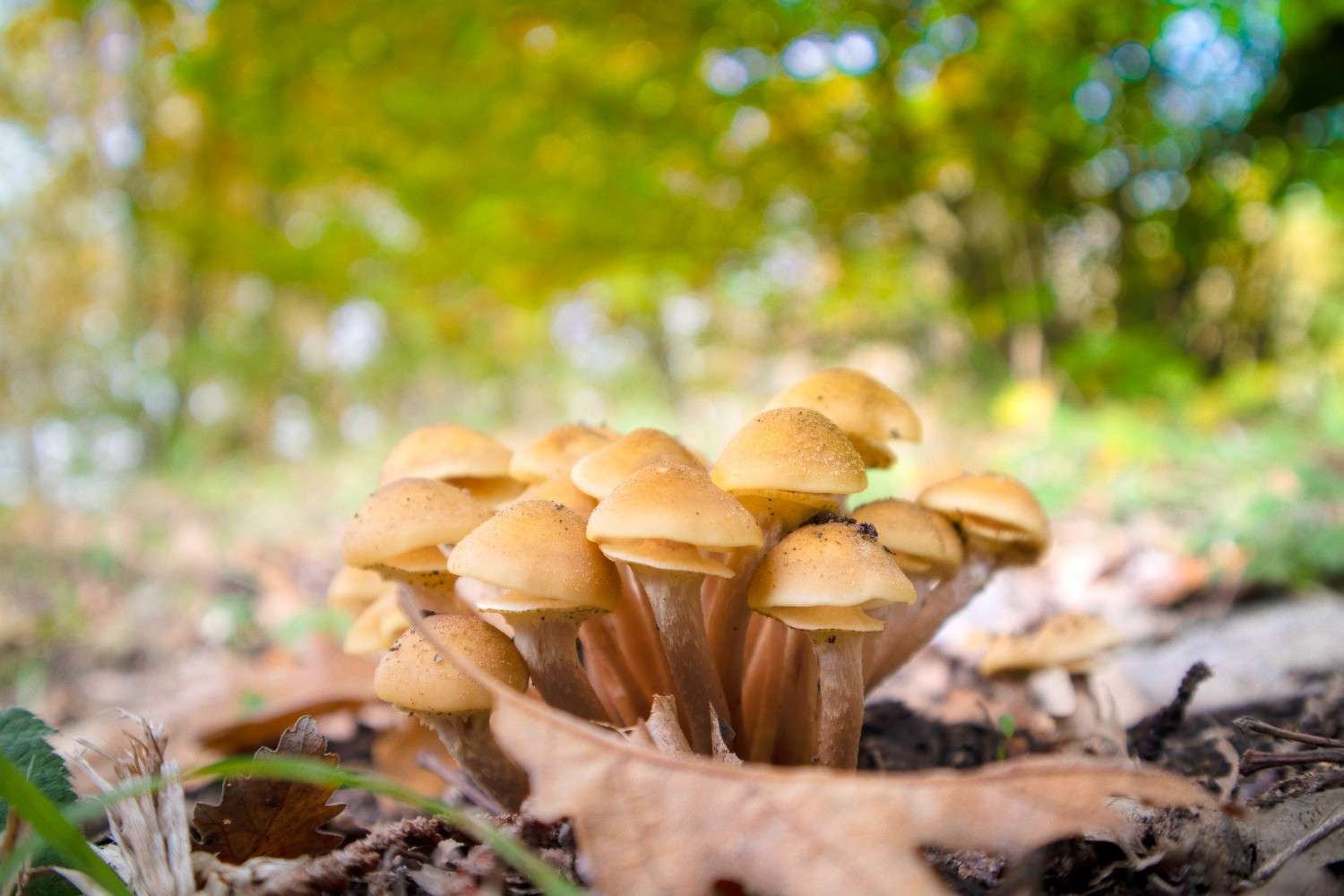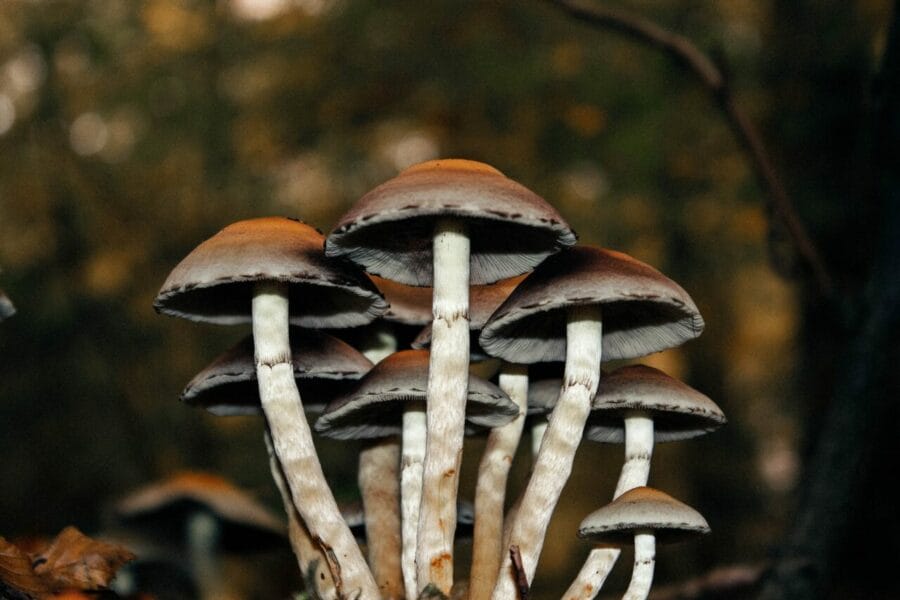Shrooms Canada has captured the attention of the mainstream, drawing significant investments due to its promising medical applications, accelerating the pace of scientific research, and encouraging a broader public acceptance.
Two recent studies highlight the rising popularity of psilocybin mushrooms as a commonly used psychoactive substance.
Eric Leas, an epidemiologist from the University of California, San Diego, noted a staggering 1,250% increase in internet searches related to microdosing since 2015. Psilocybin surpassed LSD in 2019. Additionally, a report by the RAND Corporation indicates that around 3% of Americans – roughly 8 million adults – used psilocybin in the past year, making it the most popular hallucinogen in 2023.
Let’s explore the global fascination with shrooms.
[toc]
What is Microdosing?
Psychedelic microdosing involves taking a small amount of a hallucinogenic substance to achieve a positive mental effect without experiencing a full psychedelic trip. This usually means taking only 10-20% of a dose that would cause a psychoactive response. The goal is to ingest a negligible quantity of a psychedelic substance that doesn’t significantly affect consciousness.
Historically, microdoses of magic mushrooms and peyote were used to relieve physical discomfort and enhance well-being. The practice of microdosing expanded to include LSD in the 1960s as people sought to boost cognitive performance and creativity.
Currently, microdosing is also practiced with substances like MDMA, Ritalin, cannabis, and ketamine, which can cause hallucinations at high doses but do not induce a psychedelic experience when microdosed.
Comparing Microdosing and Full Dose Experiences
| Aspect | Microdosing | Full Dose (Psychedelic) |
| Dosage | 0.1 to 0.3 grams of dried mushrooms | 1 to 3 grams or more of dried mushrooms |
| Frequency | Regular (e.g., every few days) | Occasional |
| Effect Duration | Limited interference with daily tasks | Changed state persists 4-6 hours |
| Sensory Impact | Experiences of hallucinations (altered or unreal sensory perceptions), heightened emotions and sensory awareness (intensified colors, amplified sounds), and synesthesia (like “seeing” sounds or “hearing” colors) | Minor alterations in senses, subtle mood and perception improvements, and enhanced concentration and creativity |
| Physical Impact | Minimal to zero physical effects | Increased energy and heart rate, coupled with possible nausea |
The Rise of Psilocybin Microdosing
Around half of the people who used psilocybin in the past year chose to microdose, a method that’s favored by tech industry workers and suburban moms. Microdosing entails taking 1/10 to 1/20 of a full dosage. The majority of microdosers take psilocybin merely once or twice a year, with a scant 11% using it more than six times. Over half prefer whole or dried mushrooms, while others opt for processed forms like chocolate bars or teas.
The surge in microdosing is tied to changing laws regarding cannabis and psychedelics. States like Oregon and Colorado, where plant-based psychedelics are decriminalized, show the greatest interest in microdosing.
Studies suggest an increase in psilocybin usage, especially in nightlife settings, where it competes with drugs such as ecstasy and ketamine. Research estimates that 5.5 million adults consumed hallucinogens in 2019, with a visible surge in LSD usage.
Key Influences behind the Growing Microdosing Trend
The RAND survey outlined the top three motivations for Canadians’ psilocybin usage:
Enjoyment and Social Engagement
Many Canadians use these psychedelic mushrooms for pleasure, seeking a unique communal experience. The group dynamics inherent in consuming psilocybin during social events or gatherings adds to its appeal.
Mental Health
An impressive number of users turn to psilocybin for its potential mental health advantages. In fact, an observational study in Nature-Scientific Reports Trusted Source suggests that microdosing psilocybin mushrooms
Teas offer a soothing and traditional method of microdosing psilocybin.
- Method of preparation: Psilocybin mushrooms are steeped in hot water to create the tea.
- Dosage: The strength of the tea can be adjusted according to the quantity of mushrooms used.
- Method of intake: Drank like any other tea, it can be sweetened or flavored to preference.
Tea provides a traditional means of consuming psilocybin, fostering a soothing and gentle experience.
- Preparation Method: Dried mushrooms are steeped in hot water, often accompanied by herbs or additional flavors to improve the taste.
- Dosage: The strength of the tea is dependent on the amount of mushrooms used. Usual microdoses range from 0.1 to 0.3 grams.
- Consumption Method: This beverage can be consumed like any other type of herbal tea.
Choosing Products at Shrooms Canada
| Product | Type | Dosage | Start Time | Duration | Effects |
| Trans Envy Magic Mushrooms | Psilocybin Mushrooms | Generally, 0.1 to 0.3 grams per microdose. | 30-60 minutes | 2-4 hours | Improves mood, triggers visual alterations, encourages introspection |
| Kind Stranger – Microdose Capsules | Psilocybin Capsules | 1 capsule equals 250 mg (15 capsules per container). | 30-60 minutes | 2-4 hours | Enhances clarity, stimulates creativity, sharpens focus, and reduces stress |
Important Points to Remember
The global rise of microdosing psilocybin mushrooms, led by Canada, indicates a significant change in the understanding and use of psychoactive substances. As studies continue and regulations evolve, the potential therapeutic advantages of psilocybin could drastically alter the treatment of various mental health conditions and boost overall well-being.
Frequently Asked Questions
What are the Essential Tips for Microdosing?
- If you don’t have a pre-set dose, use a precise scale.
- Take the initial dose on a regular, peaceful day when you are in good health.
- Ensure your environment is secure and devoid of disruptions.
- Follow your selected protocol for a duration of 4-10 weeks.
- Start with a minimal dose, adjusting as required to reach the intended effects.
- Microdose in the early hours to avoid disruption of sleep.
- Initially, refrain from alcohol and other substances that alter cognition. CBD might be beneficial.
- Keep a record of your microdosing in a journal, noting down the dose, time, diet, activities, and outcomes.
- Exercise patience and allow the process to work over a period of time.
Comprehending the Fadiman Protocol
The Fadiman Protocol is a microdosing technique developed by psychologist James Fadiman. This approach recommends taking a microdose on day one, followed by a two-day break. This cycle is repeated over a duration of 4 to 10 weeks.
The central objective of this protocol is to promote a balanced method to microdosing. It assists in averting tolerance accumulation and allows the body to recover between doses. This balance lets users sustain the advantages of microdosing without experiencing diminished effectiveness over time.
Interpreting the Stamets Stack Protocol
The Stamets Stack Protocol, formulated by mycologist Paul Stamets, suggests dosing for four consecutive days, then taking a three-day rest. This protocol is unique due to the addition of supplements such as Lion’s Mane mushroom and Niacin.
Lion’s Mane is appreciated for its potential to stimulate neurogenesis, while Niacin is used to enhance absorption. Similar to the Fadiman Protocol, this routine continues for a span of 4 to 10 weeks. The combination of substances in the Stamets Stack is designed to boost cognitive function and support overall brain health.
Read these fascinating articles:




